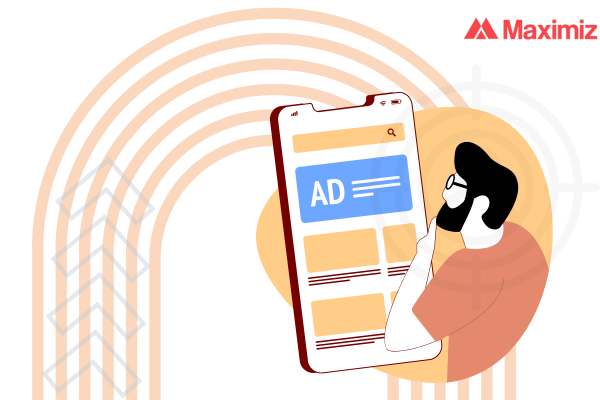Running an e-commerce store is no easy task. While the digital marketplace offers endless opportunities, it also comes with challenges that can trip up even the most experienced business owners. Here, we’ll discuss some of the most common mistakes e-commerce stores make—and more importantly, how you can avoid them to drive growth and success.

1. Neglecting Mobile Optimization
In 2025, mobile shopping is no longer optional—it’s essential. Yet, many stores overlook how their site performs on smaller screens.
Why It Matters:
- Over 70% of online shoppers use mobile devices to browse and make purchases.
- A poorly optimized mobile experience leads to higher bounce rates and lower conversions.
How to Fix It:
- Use a responsive design that adapts seamlessly to different devices.
- Test your store on various screen sizes to ensure usability.
- Focus on fast load times and easy navigation for mobile users.
2. Poor Product Descriptions and Imagery
Your product page is your virtual salesperson. Many stores fall into the trap of using generic descriptions or low-quality images, leaving customers uncertain.
Why It Matters:
- Clear, compelling descriptions and visuals help build trust and highlight value.
- Poor content can reduce conversions and lead to higher return rates.
How to Fix It:
- Write detailed, benefit-driven product descriptions that answer potential customer questions.
- Invest in high-quality images, including multiple angles, zoom features, and videos if possible.
3. Ignoring SEO and Site Performance
It’s hard to make sales if your store doesn’t show up in search results or if it’s too slow for users to stick around.
Why It Matters:
- 93% of online experiences begin with a search engine.
- A one-second delay in load time can reduce conversions by 7%.
How to Fix It:
- Optimize product pages, meta tags, and alt texts for relevant keywords.
- Compress images, minimize redirects, and leverage caching to boost site speed.
- Regularly audit your site for SEO and performance issues.
4. Failing to Build an Email List
Many e-commerce stores focus solely on social media and neglect email marketing—one of the most effective channels for driving repeat business.
Why It Matters:
- Email marketing delivers an average ROI of $42 for every $1 spent.
- It’s a direct line of communication with your customers that you own.
How to Fix It:
- Offer incentives like discounts or free resources to grow your email list.
- Use email campaigns to re-engage customers, promote new products, and recover abandoned carts.
5. Overlooking the Power of Analytics
Flying blind is one of the quickest ways to stall growth. Many store owners don’t take full advantage of the data available to them.
Why It Matters:
- Analytics provide insights into customer behavior, product performance, and marketing ROI.
- Ignoring data means missing opportunities for improvement.
How to Fix It:
- Use tools like Google Analytics, Shopify’s built-in reports, or other e-commerce analytics platforms.
- Track metrics like traffic sources, conversion rates, and cart abandonment rates.
- Regularly review data to identify trends and refine your strategies.
6. Not Re-Engaging Lost Customers
Many stores fail to follow up with potential customers who leave without making a purchase.
Why It Matters:
- 69% of online carts are abandoned, but 45% of abandoned cart emails are opened, and 21% result in purchases.
How to Fix It:
- Implement automated cart recovery emails through platforms like Klaviyo or Mailchimp.
- Use retargeting ads to bring visitors back to your site.
- Offer time-sensitive discounts to encourage conversions.
7. Failing to Differentiate Your Brand
In a crowded marketplace, many stores struggle to stand out, relying on generic branding or competing solely on price.
Why It Matters:
- A strong brand creates emotional connections with customers, fostering loyalty.
- Competing on price alone is a race to the bottom.
How to Fix It:
- Clearly define your unique selling proposition (USP).
- Invest in consistent branding across your website, packaging, and marketing materials.
- Build trust with customer reviews, social proof, and engaging content.
8. Not Leveraging Tools Like Maximiz.ai
E-commerce platforms offer a foundation, but specialized tools can give your store the edge it needs to succeed.
Why It Matters:
- Without tools to capture lost opportunities or optimize ad targeting, businesses leave money on the table.
How Maximiz.ai Helps:
- Capture Visitor Data: Identify and recover anonymous visitors.
- Grow Your Email List: Automatically capture up to 6x more emails.
- Optimize Ad Campaigns: Improve targeting with enriched customer data.
- Recover Abandoned Carts: Boost sales by re-engaging lost customers.
Using tools like Maximiz.ai can turn common mistakes into opportunities for measurable growth.

Final Thoughts
Every e-commerce store faces challenges, but awareness of these common mistakes is the first step toward overcoming them. By optimizing your site, leveraging data, and engaging your customers effectively, you can build a thriving online business.
Want to ensure you’re set up for success? Let’s talk about how Maximiz.ai can help take your e-commerce store to the next level!





